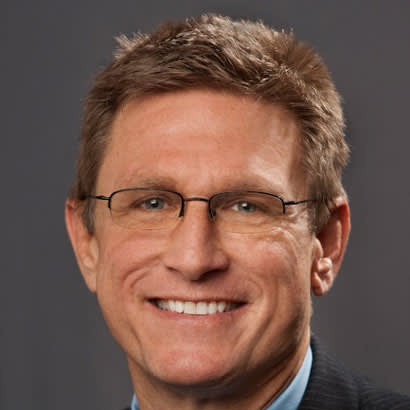
Early in our careers as park and rec leaders, we learn the distinction between managing, or doing things right, and leadership, which implies doing the right things. As one of my mentors said, you know where a person stands on an issue by where they sit at the table. And, like professionals who advance from capable individuals to competent team managers and, eventually, effective leaders, so too do organizations.
NRPA’s role as a leader in the crowded field of parks and recreation is best defined by its innovation and reach. We are responsible for setting the pace and providing the roadmap to help more than 63,000 members deliver great parks and programs through health and wellness, conservation, and social equity strategies and initiatives. And, we are recognized around the world for leadership in professional development, research and promotion.
NRPA leadership is vital because our profession can be quite fragmented, with not only local, state and national park systems, but also nearly 50 state associations and literally hundreds of nonprofits sharing the park space. This potentially creates confusion for the general public and elected officials, as well as competition for membership and support. Collaboration between a set of common unifying principles and vocabulary that connects our educational institutions, agencies, nonprofits and associations has been an ongoing objective for NRPA since its inception.
My recent trip to keynote at the Park and Leisure Australia Conference, in a country currently ravaged by the impacts of climate change, reminded me that we need a national public policy for all parks and their recreational activities. If we don’t create this policy, the park profession in the United States will continue to fight a losing battle for funding and recognition among the thousands of other political priorities of the day. A park is a park is a park — if we recognize parks as the great equalizer and unifier, then we should be smart enough to create the non-political advocacy that connects the elk hunter in Montana to the 14-year-old soccer player in Florida. Ultimately, they both want the same thing: publicly accessible and quality parklands to pursue their recreational preference.
Best practices often are found internationally. These nations have developed unified national public policies that define the continuum and connection of parks and public spaces to health, resilience, happiness and prosperity for all of their citizens. NRPA currently is exploring international relationships that create opportunities for education, networking and professional development; best practices research and data sharing; and communications and promotion.
Without reinventing the wheel, we can learn so much from the Canadian “Parks for All” model and create a similar unified national public policy framework for parks and recreation in the United States. The collaborative effort to develop the 10 Minute Walk campaign to improve access to quality parks and green spaces in U.S. cities, may well serve as the foundation for such a public policy.
In the 1850s, Frederick Law Olmsted envisioned parks as places where “all classes, escaping from the glare, and glitter, and turmoil of the city, might find relief for the mind and physical recreation....” NRPA’s collaboration and leadership in developing a unified national public policy can ensure the adoption of a universal common language that defines our purpose, shares our resources and best practices, and creates positive impact on the quality of life for all people in this country and throughout the world!
Jack Kardys is NRPA's Chair of the Board of Directors.

